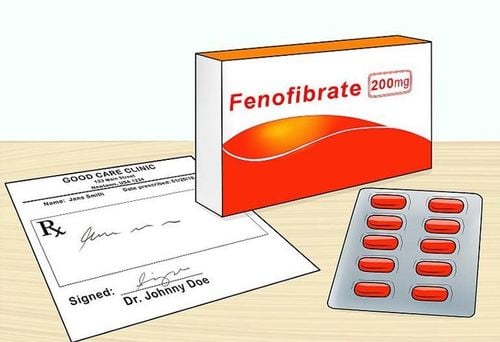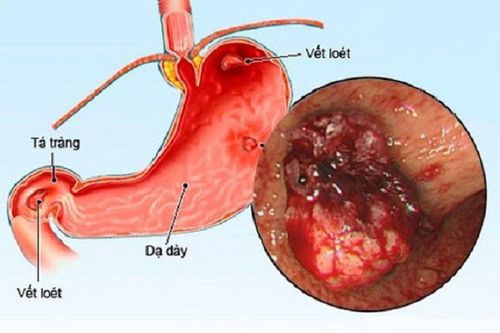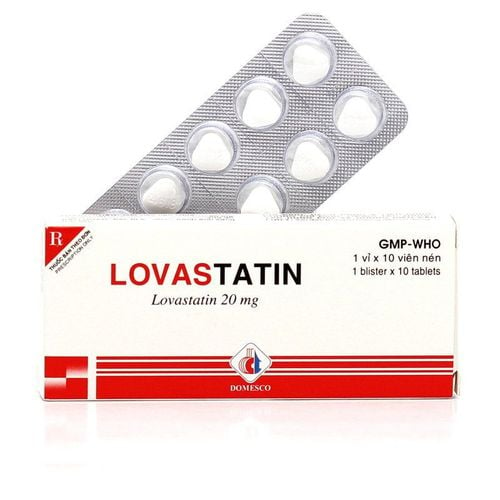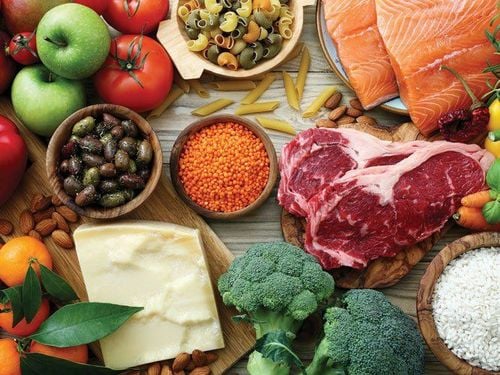This is an automatically translated article.
Eating scientifically is something that each of us is always aiming for as well as interested in having a healthy body. So what is eating right, which foods and nutritional groups are good for health? The following article would like to share some information to help you always have the right and healthy meals.1. Understanding the right and delicious meal
You always want a delicious meal in every meal especially when you have family and friends who often enjoy it. It is understandable because the moment when you can let go of the stress and enjoy the great flavors is so exciting. A scientific and standard meal will bring users many positive benefits such as:Give more energy to the body to unleash creativity in work and life Improve the immune system to help the body repel danger chance of disease. We all know that young children need to be supplemented with enough nutrients for their development and pregnant women need to be healthy throughout pregnancy. Therefore, young children and pregnant women are the subjects that need attention to the right diet.
Therefore, each of us should also equip ourselves with the most basic knowledge about food. This will help build healthy meals that are delicious and satisfying for all family members.

Mỗi chúng ta nên trang bị cho bản thân những kiến thức cơ bản nhất về thực phẩm
2. Supplement nutrition from food properly
Food is a source of positive nutrients for every movement of the body. Thanks to the right and sufficient supplementation the body will grow and be healthier.Every activity of the body, whether it's breathing or digesting food, requires energy to function properly. Moreover, when there are problems such as a weakened immune system or an invading virus, nutrients play an important role in preventing and reversing the risks that make the disease worse.
Nutrition in the body is quite diverse and exists in many different forms. Therefore, they are broken down into important nutrients and nutrients the body needs in low levels.
Nutrients that play an important role in contributing to the body's movement metabolism are carbohydrates, fats, and proteins. The nutrients that the body needs in small quantities are: minerals (iron, zinc, iodine), vitamins (A, B, C, folic acid)
Fats and oils are a fairly large source of energy for the body. body to improve resistance against the risk of some diseases. The presence of fatty acids helps the body absorb vitamin A better. Thanks to this, the quality of the meal is improved and the user always has a sense of appetite. Moreover, abundant vitamins will provide the body to help improve the health of the organs.
In oils and some high-fat foods, there will be different types of nutritional fats. Nutritional fats are unsaturated fatty acids, saturated fatty acids, trans fatty acids and cholesterol.
Unsaturated fatty acids In unsaturated fatty acids, there are 2 types of essential fatty acids that the body cannot produce on its own. Therefore, they need to be supplied to form protective membranes for cells such as brain cells or the central nervous system. Another type of unsaturated fatty acid that is widely believed to be good for heart health is omega 3.
Unsaturated fatty acids can be found in a number of foods such as: vegetable oils, peanuts, soybeans, sunflower seeds, sesame seeds and some oily seeds, fatty fish and avocados. Omega 3 is a type of unsaturated fatty acid that is good for the heart and the development of children. To supplement this acid, you can use fish oil, soybeans...

Omega 3 là loại acid béo không no tốt cho tim mạch và sự phát triển của trẻ nhỏ
We often use lard or margarine to fry and bake some foods and think that the finished product contains unsaturated fatty acids. That's a mistake because the unsaturated fatty acids in foods have been combined with saturated acids and converted to trans fatty acids.
Therefore, fries or cakes that you often use will load into the body a large amount of unsaturated fatty acids.
Cholesterol Cholesterol is usually found only in foods of animal origin, but our bodies can make them through the synthesis of other fats. The presence of cholesterol will help the body move and grow.
According to research, scientists have found 2 types of cholesterol exist in the blood, which are bad cholesterol and good cholesterol.
Good cholesterol or high levels of lipoproteins are believed to reduce the risk of heart disease. Good cholesterol will increase if you eat foods containing unsaturated fats.
On the contrary, bad cholesterol will increase the risk of heart disease higher. To prevent an increase in bad cholesterol, limit saturated fat in your diet.
Fat needs of the body Fat needs for each person is not the same. It depends on many factors to evaluate and calculate as a percentage of total energy to balance and create a healthy meal good for the body.
Children under 2 years of age will have a need to provide 35-40% of fat and then gradually decrease to 15 - 35% when older and in adulthood. Women of childbearing age will need about 20-30% less fat.
Thanks to that, we can calculate the right, scientific and healthy portions. In addition, despite dieting, when using fried foods, the body is still provided with extra fat from oil.

Chất béo cần cho mỗi người không giống nhau
In addition, palm oil or coconut oil, although saturated fat, does not cause the risk of cardiovascular disease like other foods. So that you can use it in moderation without worrying about harming your health. In addition, coconut oil and palm oil are also rich sources of vitamin A E.
The 1% figure is ideal for fat intake relative to total body energy supply. For adults, the need for trans fatty acids is less than 2 grams.
Besides the group of fats, we also need to mention some uses of the group of nutrients that our body needs:
Starch and sugar Starch and sugar are essential sources of energy that the body needs. . Any movement, keeping warm or simply breathing requires these two ingredients. However, if there is an excess of starch, it will turn into fat and accumulate, causing overweight and obesity.
Dietary fiber Fiber plays an important role in stimulating the body's digestion. From there, the permeability of nutrients is increased while also protecting intestinal health.
Fiber helps maximize nutrient absorption, so it reduces hunger and cravings for dieters. Therefore, increasing fiber will help the body avoid the risk of overweight and obesity.
Fat Fats provide fatty acids to the body and at the same time support the absorption of vitamin A.
Protein The tight connection of cells and muscle mass is due to the formation of protein. At the same time, this is also a source of energy for the body during a tiring working day.
Water Water is an indispensable part of our lives. For the body, water is the source of life and is a remedy with many different uses: eliminating waste through the urine, providing nutrients and oxygen to the brain...
Micronutrients include vitamins and other nutrients. trace elements. The presence of micronutrients helps the body to be healthy and at the same time improves the immune health of the body.

Nước là phần không thể thiếu trong cuộc sống của mỗi chúng ta
3. Nutritious healthy foods
The variety of food has been creating variety for our choices. Each type of food has different nutritional composition.Green vegetables and tubers often provide more vitamins and minerals for the body than foods from animal origin. Animal foods contain more fat and protein than plant foods.
Milk fish meat is a rich source of protein and rich in nutrients that the body needs to be fully supplemented. Moreover, they also contain an abundant element of iron that helps to reduce the risk of anemia. Although animal liver is rarely used due to doubts about its safety, it is a rich source of vitamin A.
Sugar and starch are the food groups that provide the most energy for the body. However, do not abuse or use too many foods containing this substance because it will increase your risk of diabetes and overweight. In addition, sugar is not good for teeth health and even causes tooth decay to damage tooth enamel.
Water is a staple drink of every person but contains many good health benefits. Because water makes up most of the body, it needs to be replenished from 1.5 to 1 liters per day. The body that avoids the risk of dehydration will always have more energy and better creative performance.
4. Healthy eating needs of each family
Family members have different stats and preferences, so it's not easy to eat science for the whole family.To determine the nutritional needs of each member, you need to evaluate through some of the following considerations:
Age and gender of each member Sick people People recovering from convalescence Pregnant and lactating women So eating science is a method to help our body stay healthy and full of energy. As a result, all work and family activities will be more fulfilling.
Please dial HOTLINE for more information or register for an appointment HERE. Download MyVinmec app to make appointments faster and to manage your bookings easily.
Reference source: fao.org












